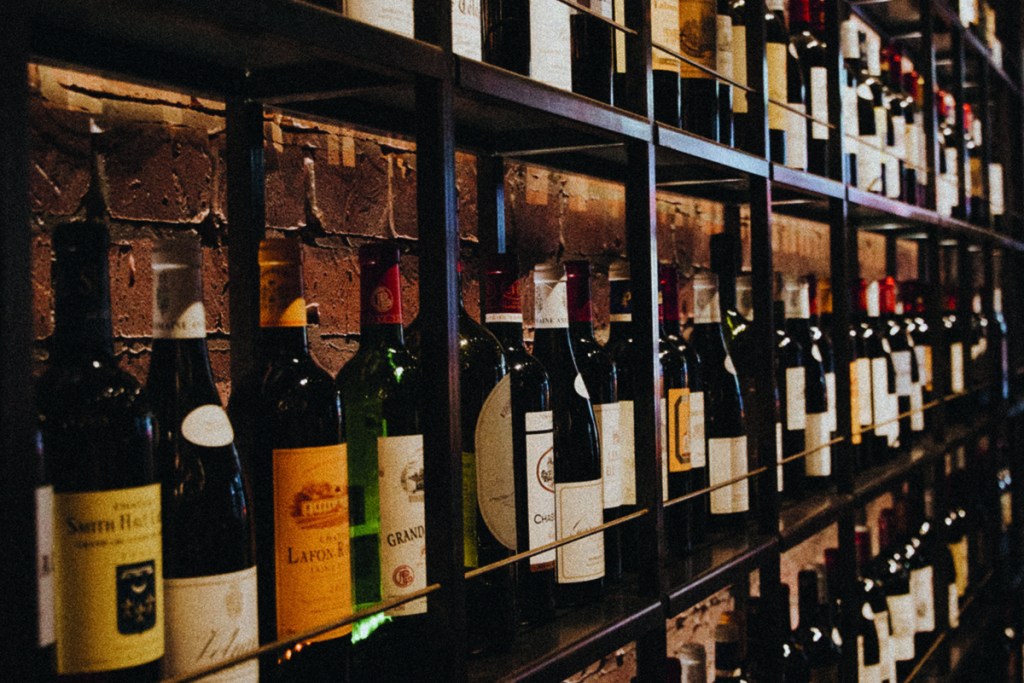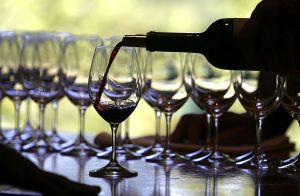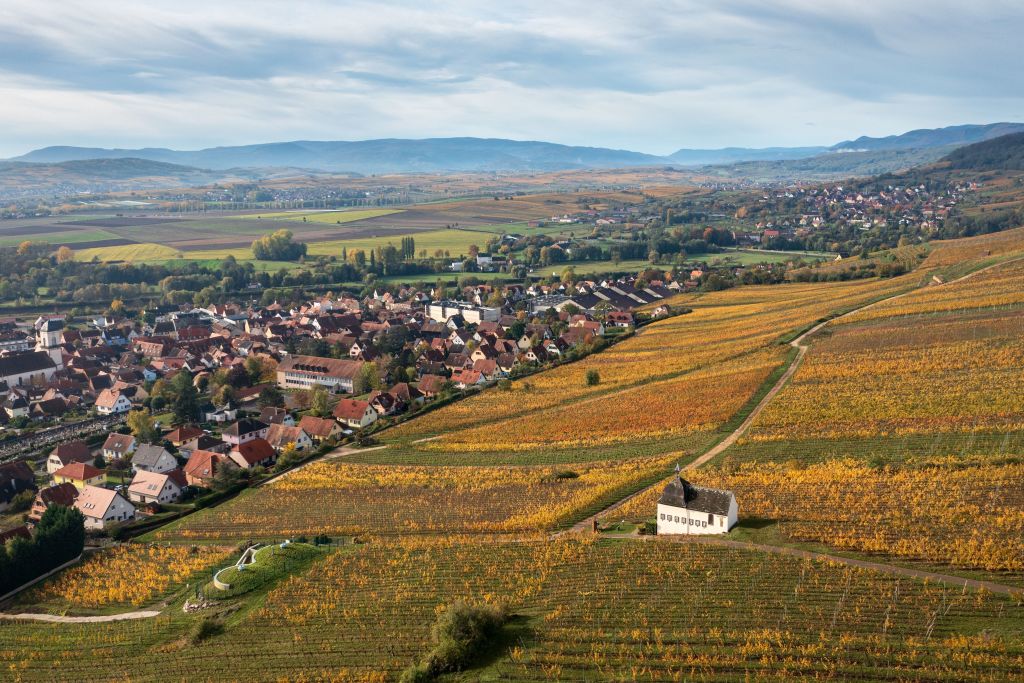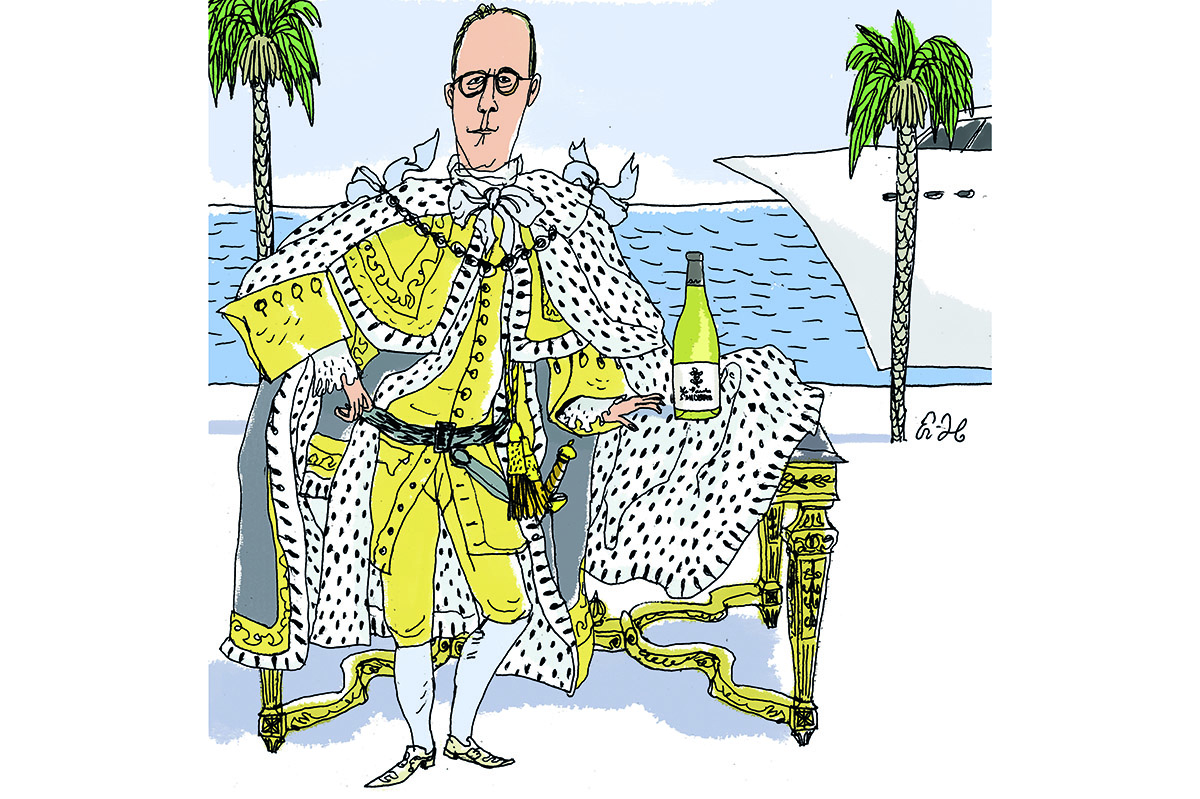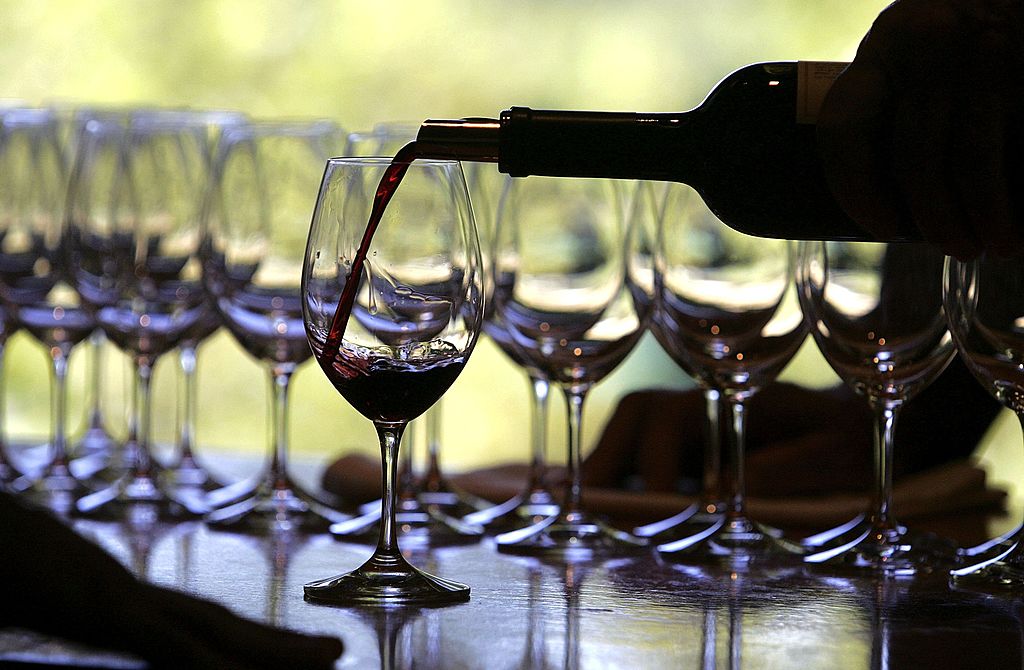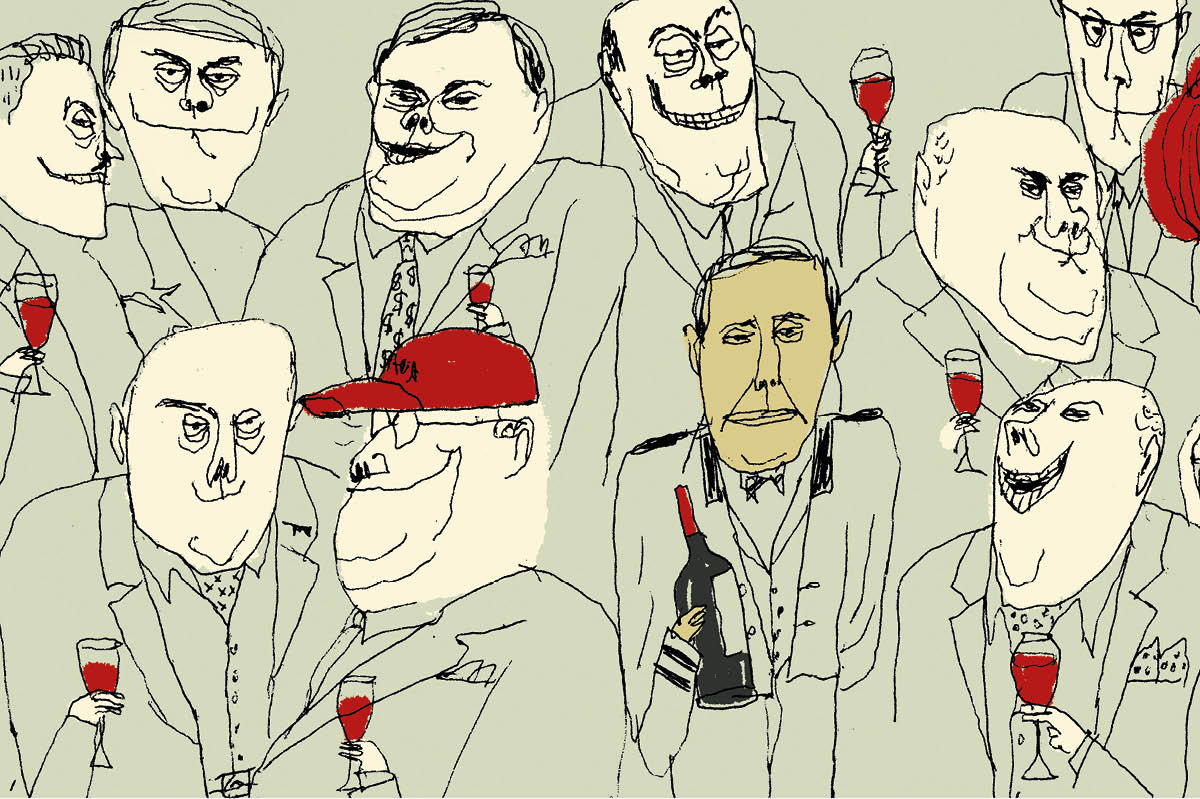Some people, out at a nice restaurant, are shy about sending a bottle of wine back when there is something wrong with it. They shouldn’t be. Wine, as the vintners like to tell you when everything is going as it should, is a living thing. Like all living things, it is subject to a variety of unfortunate vicissitudes. We’ve probably all encountered ‘corked’ wine at one point or another — that taint caused by a smidgen of 2,4,6-trichloroanisole (TCA) or 2,4,6-tribromoanisole (TBA), which can be transferred from or through a cork.
But wine is susceptible to other liabilities as well. One is the same liability that, sooner or later, affects us all: age. Wines, like people, have different life spans depending on a number of factors, some intrinsic — the sort of grapes it is made from — some extrinsic — how it has been stored, for example. Most wines, like most people, lose suppleness, vivacity and lusciousness after a certain point. This is generally a gradual process, however, and some wines that are clearly on the way out are still interesting.
Indeed, it is often possible to discern lingering greatness in a wine that is past its prime. Some colleagues and I were once treated to a vertical tasting of Château Lafite Rothschild beginning with a bottle of 1961, a storied vintage of a great wine. I have heard that some bottles of 1961 Bordeaux are still drinking well, but this bottle had had a hard life. You could still discern, just, its nobility, but it was present in outline only, a ghost, something like Achilles encountered by Odysseus in the underworld.
Still, I was happy to have tasted that wine, for even in its decline it adumbrated a rich and complex life. I found something similar in two good Bordeaux reds I recently tasted, a 2000 Plaisance Saint-Émilion and a 1996 Château Marquis d’Alesme Becker Margaux, one of the 14 ‘Classés B’ grands crus in the appellation (the four ‘Classés A’ include the stupendous Cheval Blanc and Ausone). As with that venerable Lafite, both wines were thinning and the once lush blackberry-currant red had taken on an orangey, rust-like tint at the margins. Saint-Émilion, a Right Bank wine, is predominantly Merlot (with just a bit of Cabernet Franc generally added), but the soft roundness that one associates with that grape had both hardened and flattened out.
The Margaux, a noble ‘3rd growth’ claret from the Left Bank, still had that distinctive Cabernet nose and tautness, but both wines were attenuated. These were wines that were interesting rather than delicious, or perhaps I should say more interesting than delicious. You can get a recent vintage of the Saint-Émilion for about $25 or $30, the Margaux for a bit more, maybe $50. I recommend both.
Wines can — well, some wines can — be drunk too young, too, though different varietals mature at different rates. I’ve mentioned a bunch of Bandol wines in this column over the past year or two. Here’s another winner: the 2020 Château de Pibarnon rosé. It’s 100 percent Mourvèdre, a deep orangey-pink, and one of the most complex and savory rosés I have tasted. At about $30, it is a bargain.
Finally, I want to share a new discovery, a sumptuous Cabernet from Provenance Vineyards in Napa called Hewitt. This wine has all of the virtues of good California Cabernet — it is big, luscious, and with a long, lingering finish — but none of the liabilities that affect many California wines: overwhelming oakyness, an almost candified blowsiness, lack of finesse. A friend gave me a couple bottles of the 2015 vintage. It was young but not too young. The wine was already rich, well-structured, serious without being off-putting. I recommend it as well, but should warn that you will probably have to spend about $120-$130 for a 750 ml bottle. It is absolutely worth it, of course, but I thought I should forewarn the faint of heart.
This article was originally published in The Spectator’s September 2021 World edition.



